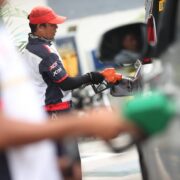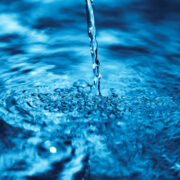Electric seaweed fuels pursuit of algae power in Chile
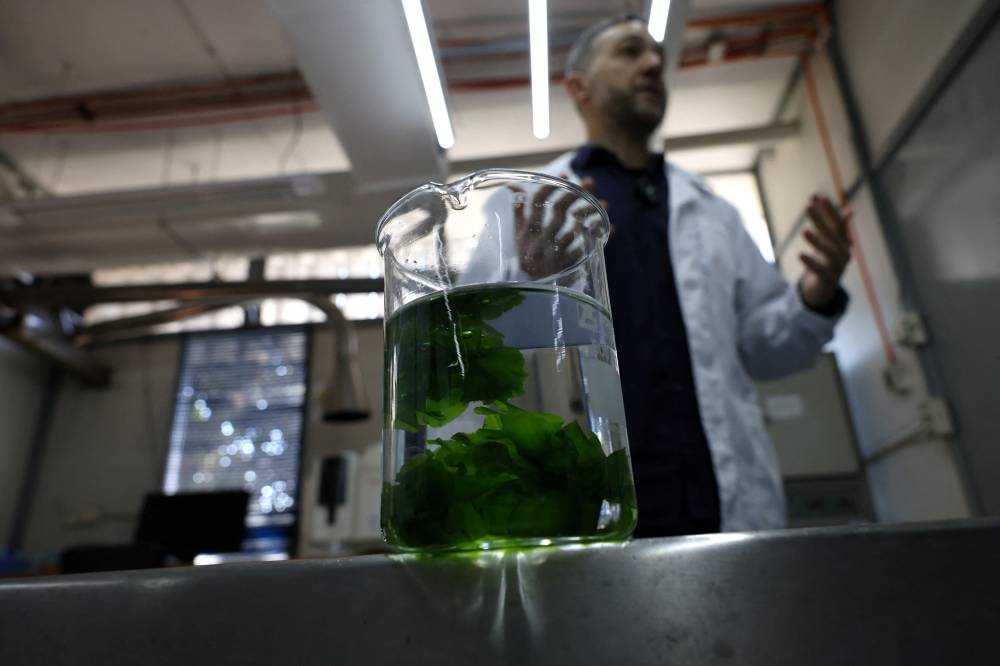
SANTIAGO – Slimy, green seaweed floats in water-filled beakers, buckets and bins in the University of Santiago’s labs, algae which scientists in the Chilean capital are trying to turn into an efficient power source.
Their field is biophotovoltaics, which uses a photosynthetic organism such as seaweed to convert light into electrical energy. The scientists spread the seaweed onto electrodes on biophotovoltaic panels, similar to the solar type.
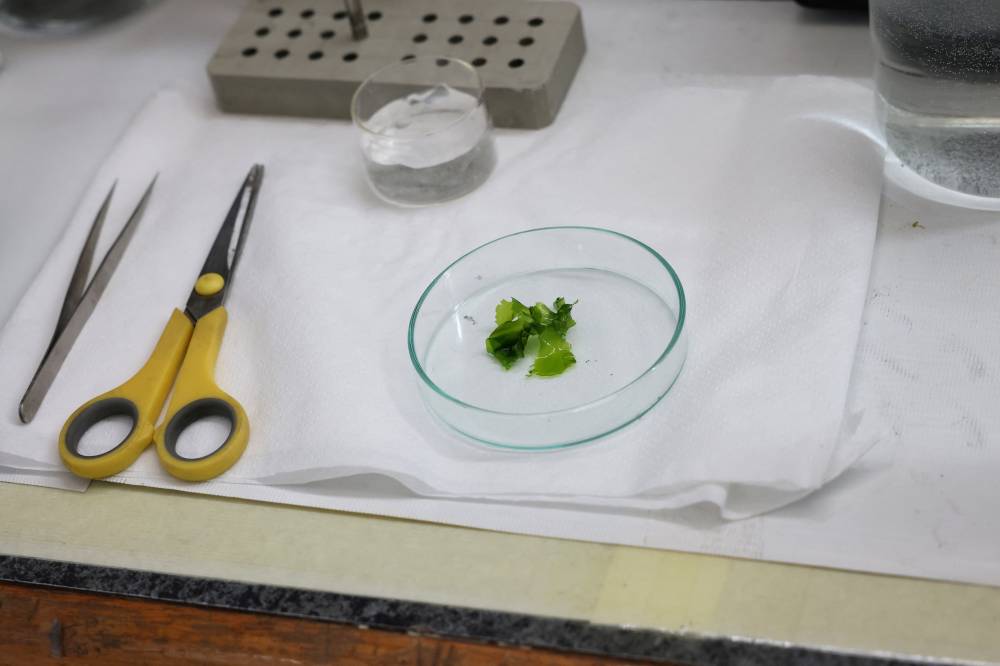
“Algae use light to oxidize water, and in the process they release electrons,” said project leader Federico Tasca, adding that these can then be picked up in electric circuits, with the oxygen released in the process an added benefit.
Similar projects before have used microalgae, which are single-celled organisms, while seaweed is a macroalga, or multicellular organism, Tasca said.
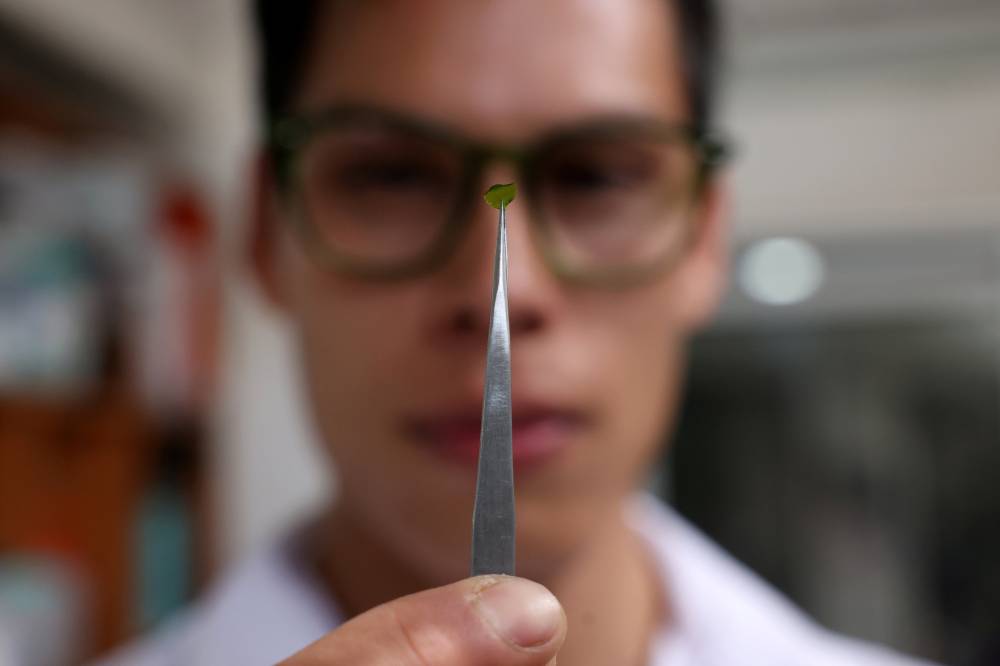
“Macroalgae are more hardy, easier to work with, easier to harvest,” Tasca said, while acknowledging that the process was still far from being energy efficient.
“That’s exactly what the investigation is about, it’s about improving the efficiency of producing electricity,” he said.
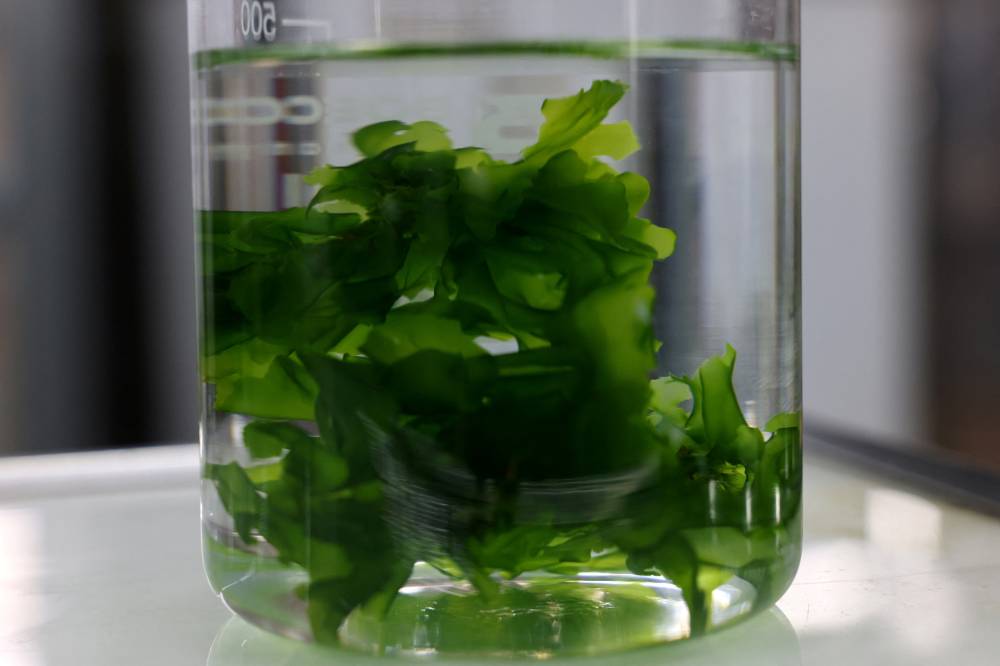
Seaweed could be used in some cases where alternatives were not available. “It’s a good system to feed energy to a light bulb, to light up some LEDs,” he said.
Algae are still under-researched, said Alejandra Moenne, who heads the University of Santiago’s marine biology department.
“I’ve always said that algae are like a treasure chest buried at sea. They’re full of genes and molecules that we still don’t know enough about, which could even be used for medicinal purposes one day,” said Moenne.
Reuters, the news and media division of Thomson Reuters, is the world’s largest multimedia news provider, reaching billions of people worldwide every day. Reuters provides business, financial, national and international news to professionals via desktop terminals, the world's media organizations, industry events and directly to consumers.











